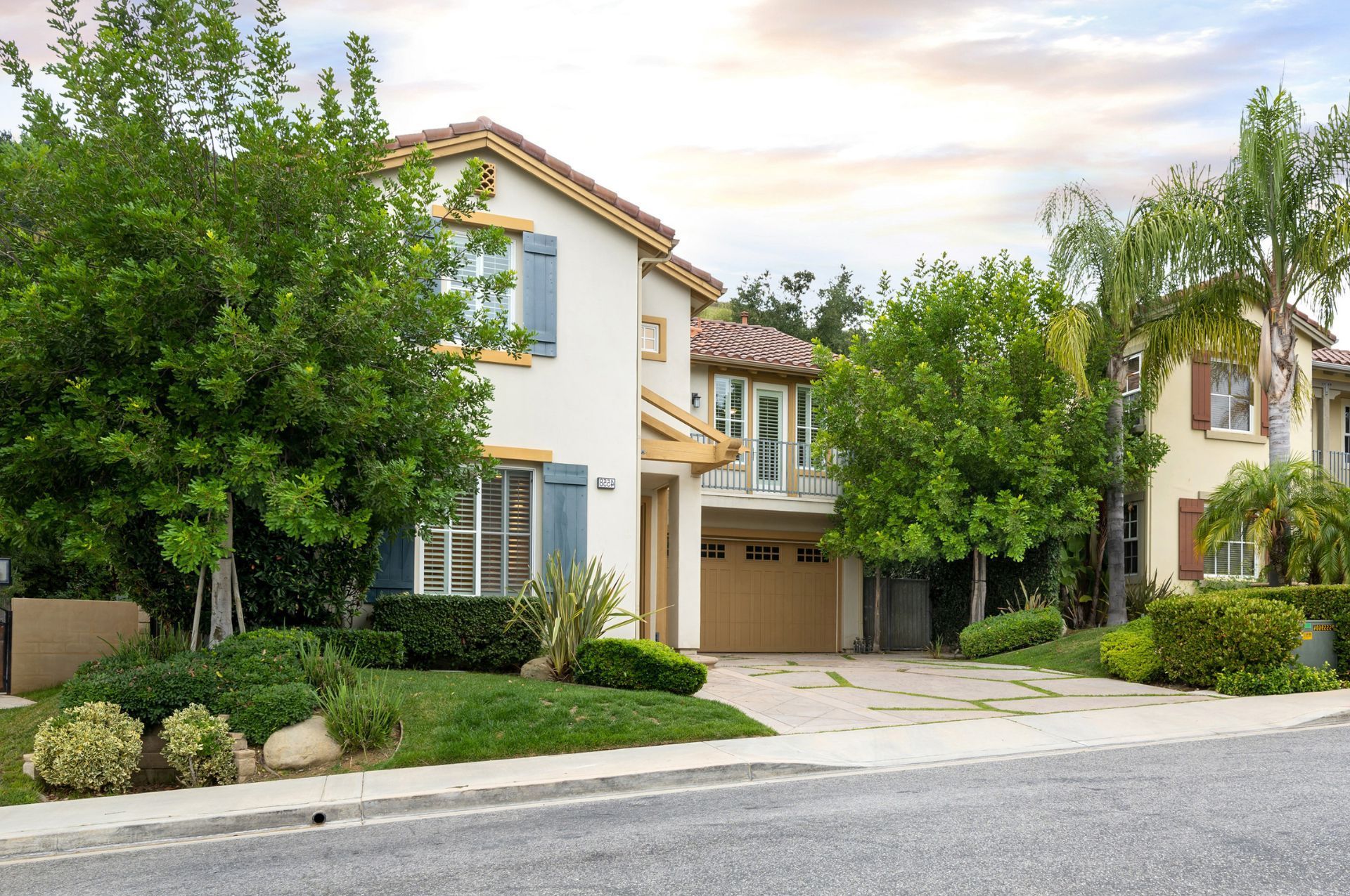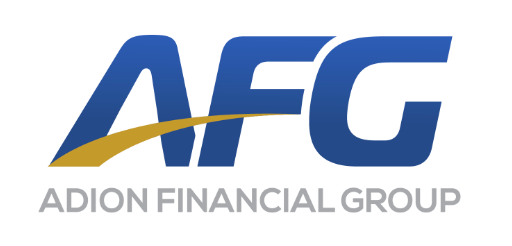
Top 3 Recommended Policies
Home insurance is a crucial aspect of homeownership, providing financial protection against unforeseen events. In Avon, Connecticut, understanding the nuances of home insurance can help homeowners make informed decisions. This article delves into the essential elements of home insurance, covering types of policies, coverage options, and factors affecting premiums.Understanding Home Insurance
Understanding Home Insurance
Home insurance, also known as homeowners insurance, is a type of property insurance that covers a private residence. It offers financial protection against various risks, including theft, fire, and natural disasters. In Avon, where the community values its homes and neighborhoods, having the right coverage is vital. Home insurance not only provides peace of mind but also safeguards the significant investment that homeowners have made in their properties. As the market fluctuates and the environment changes, understanding the nuances of home insurance becomes increasingly important for residents.
What Does Home Insurance Cover?
Home insurance typically covers the structure of the home, personal belongings, liability protection, and additional living expenses if the home becomes uninhabitable due to a covered event. The specifics can vary based on the policy, so it’s essential to read the fine print. Additionally, many policies offer optional endorsements that can enhance coverage, such as protection against identity theft or equipment breakdown, which can be particularly relevant in today’s tech-driven world.
1. **Dwelling Coverage**: This protects the physical structure of the home, including the roof, walls, and built-in appliances. In Avon, where homes may face risks from storms or other natural events, adequate dwelling coverage is crucial. Homeowners should also consider factors such as the age of their home and the materials used in construction, as these can influence the cost and extent of coverage needed.
2. **Personal Property Coverage**: This part of the policy covers personal belongings, such as furniture, electronics, and clothing. Homeowners should take an inventory of their possessions to ensure they have sufficient coverage. It’s also wise to document the condition of high-value items, as this can facilitate claims in the event of a loss. Some policies may even offer replacement cost coverage, which allows homeowners to replace their belongings at today's prices rather than the depreciated value.
Types of Home Insurance Policies
There are several types of home insurance policies available, each designed to meet different needs. Understanding these can help homeowners choose the best option for their situation. Each policy type comes with its own set of advantages and limitations, making it essential for homeowners to assess their individual circumstances carefully.
1. **HO-1**: This basic policy covers a limited number of perils, such as fire, theft, and vandalism. It is often considered the least comprehensive option. While it may be suitable for those on a tight budget, homeowners should be aware of the potential risks they may face that are not covered under this plan.
2. **HO-3**: The most common policy type, HO-3 provides broader coverage, protecting against all perils except those specifically excluded in the policy. This policy is particularly popular among homeowners in Avon, as it strikes a balance between affordability and comprehensive protection.
3. **HO-5**: This is a more comprehensive policy that covers personal property on an open-perils basis, meaning it covers all risks unless specifically excluded. This type of policy is ideal for homeowners with valuable possessions or those who want the highest level of protection available. Additionally, homeowners may want to consider bundling their home insurance with
auto insurance or other policies to take advantage of potential discounts and simplify their coverage management.

Factors Affecting Home Insurance Premiums in Avon
Several factors influence the cost of home insurance premiums in Avon. Understanding these can help homeowners anticipate costs and find ways to save.
Location and Risk Factors
The location of a home plays a significant role in determining insurance premiums. Areas prone to natural disasters, such as floods or hurricanes, may see higher rates. Avon, with its picturesque landscapes and proximity to water bodies, may have specific risks that insurers consider.
1. **Natural Disasters**: Homes in areas susceptible to flooding or severe storms may face higher premiums due to the increased risk of damage. For instance, properties located near rivers or lakes might be at risk of flooding during heavy rains, prompting insurers to adjust their rates accordingly.
2. **Crime Rate**: A neighborhood with a higher crime rate may lead to increased premiums as the risk of theft or vandalism rises. Insurers often analyze crime statistics from local law enforcement agencies to assess the likelihood of claims arising from property crimes, which can significantly affect the overall cost of coverage.
3. **Proximity to Emergency Services**: The distance of a home from fire stations and hospitals can also influence premiums. Homes located closer to these services may benefit from lower rates, as they are more likely to receive timely assistance in emergencies, potentially reducing the extent of damage and subsequent claims.
Home Characteristics
The characteristics of the home itself also impact insurance costs. Factors such as the age of the home, construction materials, and safety features can all play a role.
1. **Age and Condition**: Older homes may have outdated electrical systems or plumbing, which can increase the likelihood of claims. Insurers may charge higher premiums for these homes. Additionally, homes that have not been well-maintained may present more risks, prompting insurers to factor in the potential for future claims when determining rates.
2. **Safety Features**: Homes equipped with security systems, smoke detectors, and fire extinguishers may qualify for discounts on premiums, as these features reduce the risk of loss. Furthermore, homes with modern construction materials that are fire-resistant or have better insulation can also lead to lower premiums, as they are less likely to sustain severe damage in the event of a disaster.
3. **Renovations and Upgrades**: Recent renovations, such as updated roofs or energy-efficient windows, can positively influence insurance premiums. Insurers often view these improvements as indicators of a well-maintained property, which can reduce the risk of claims and, consequently, the cost of coverage. Homeowners who invest in such upgrades may find that their proactive measures not only enhance their living environment but also provide financial benefits in the form of lower insurance rates.
Choosing the Right Coverage
Selecting the appropriate coverage requires careful consideration of individual needs and circumstances. Homeowners should assess their property and belongings to determine the right level of protection. This process not only safeguards their investment but also provides peace of mind in the event of unforeseen circumstances, such as natural disasters or theft.
Assessing Personal Property
Conducting a thorough inventory of personal belongings is a crucial step in determining coverage needs. Homeowners should consider the value of their possessions and whether they need additional coverage for high-value items. This inventory can be as simple as a written list or as detailed as a video walkthrough of the home, documenting each item and its condition.
1. **Valuable Items**: Items such as jewelry, art, and collectibles may require additional endorsements or riders for full protection. Homeowners should consult with appraisers to establish the current market value of these items, ensuring they are adequately covered in the event of loss or damage.
2. **Replacement Cost vs. Actual Cash Value**: Homeowners should understand the difference between replacement cost coverage, which pays to replace items at current market value, and actual cash value, which factors in depreciation. Knowing these distinctions can significantly impact how much a homeowner receives after a claim, making it essential to choose wisely based on individual circumstances.
Liability Coverage Considerations
Liability coverage is an essential component of home insurance, protecting homeowners against claims of injury or property damage that occur on their property. Evaluating the appropriate level of liability coverage is vital. Homeowners should also consider their lifestyle and the potential risks associated with it, such as having a swimming pool, trampoline, or hosting frequent gatherings.
1. **Standard Liability Limits**: Most policies offer standard liability limits, but homeowners may want to consider increasing these limits based on their assets and potential risks. It’s worth noting that legal fees and medical expenses can add up quickly, so having adequate coverage can be a financial lifesaver.
2. **Umbrella Policies**: For those with significant assets, an umbrella policy can provide additional liability coverage beyond the limits of a standard homeowners policy. This type of coverage is particularly beneficial for high-net-worth individuals, as it offers broader protection against various claims, including those that may arise from personal activities outside of the home.
3. **Additional Considerations**: Homeowners should also be aware of specific exclusions in their policies, such as coverage for certain dog breeds or activities that may be deemed high-risk. Understanding these nuances can help homeowners make informed decisions about their coverage options and avoid surprises when it comes time to file a claim.
Discounts and Savings Opportunities
Many insurance companies offer discounts that can help homeowners save on their premiums. Understanding these options can lead to significant savings. By taking the time to explore the various discounts available, homeowners can not only reduce their insurance costs but also ensure they are adequately protected against potential risks. This proactive approach to insurance can lead to both peace of mind and financial relief.
Common Discounts Available
Homeowners should inquire about available discounts when shopping for insurance. Some common discounts include:
1. **Bundling Policies**: Purchasing multiple insurance policies, such as auto and home insurance, from the same provider can often lead to a discount. This not only simplifies the management of your insurance needs but can also enhance your relationship with your insurer, potentially leading to even more personalized service.
2. **Claims-Free Discounts**: Homeowners who have not filed a claim for a certain period may qualify for a claims-free discount, rewarding them for their low-risk status. This discount can be particularly beneficial for long-term homeowners who have maintained their property and taken preventative measures to avoid incidents.
Safety and Security Discounts
Investing in safety and security measures can also lead to lower premiums. Insurers often provide discounts for:
1. **Security Systems**: Homes equipped with monitored security systems, burglar alarms, or surveillance cameras may qualify for discounts. These systems not only deter potential burglars but also provide homeowners with a sense of security, knowing they can monitor their property remotely.
2. **Fire Prevention Measures**: Installing smoke detectors, fire alarms, and sprinkler systems can also reduce insurance costs. Many insurers recognize that proactive fire prevention can significantly decrease the likelihood of catastrophic losses, thus offering incentives to homeowners who take these precautions. Additionally, some companies may provide discounts for homes that use fire-resistant materials in their construction, further promoting safety and risk mitigation.
3. **Home Renovations**: Upgrading key components of your home, such as the roof, plumbing, or electrical systems, can not only enhance the overall safety of your property but may also qualify you for additional discounts. Insurers often appreciate the investment in modern, safer materials and systems that reduce the risk of damage or loss.
4. **Loyalty Discounts**: Many insurers reward long-term customers with loyalty discounts. Staying with the same provider for several years can lead to significant savings, as insurers value the stability and reliability of long-term relationships. Homeowners should inquire about how long they need to stay with a provider to qualify for these savings.

Understanding Policy Exclusions
Every home insurance policy has exclusions—specific situations or events that are not covered. Familiarizing oneself with these exclusions is crucial to avoid surprises during the claims process.
Common Exclusions in Home Insurance Policies
1. **Flood and Earthquake Damage**: Most standard home insurance policies do not cover damage from floods or earthquakes. Homeowners in Avon should consider purchasing separate policies or endorsements for these risks.
2. **Negligence**: Damage resulting from neglect or lack of maintenance is typically not covered. Homeowners are responsible for keeping their properties in good condition.
Reviewing Policy Terms Regularly
Homeowners should regularly review their insurance policies to ensure they remain adequate as circumstances change. This includes updating coverage as renovations are made or as personal belongings are acquired.
1. **Annual Reviews**: Conducting an annual review of the policy can help identify any gaps in coverage or opportunities for discounts.
2. **Life Changes**: Major life events, such as marriage, the birth of a child, or significant purchases, should prompt a review of insurance needs.
The Claims Process: What to Expect
Understanding the claims process can alleviate stress during a difficult time. Knowing what to expect can help homeowners navigate the situation more effectively.
Steps to File a Claim
1. **Document the Damage**: Taking photos and documenting the extent of the damage is the first step in filing a claim. This evidence can support the claim and expedite the process.
2. **Contact the Insurance Company**: Homeowners should contact their insurance provider as soon as possible to report the claim. Most companies have dedicated claims departments to assist with the process.
What Happens After Filing a Claim?
Once a claim is filed, the insurer will assign an adjuster to assess the damage. This may involve:
1. **Inspection**: The adjuster will inspect the property and review the documentation provided by the homeowner.
2. **Claim Decision**: After the assessment, the insurer will determine whether the claim is valid and how much compensation will be provided based on the policy terms.
Choosing the Right Insurance Provider
Finding the right insurance provider is just as important as selecting the right policy. Homeowners should consider several factors when evaluating potential insurers.
Researching Insurance Companies
1. **Reputation and Reviews**: Researching customer reviews and ratings can provide insight into an insurer's reputation and customer service quality.
2. **Financial Stability**: Homeowners should check the financial stability of an insurance company through ratings from agencies like A.M. Best or Standard & Poor's.
Customer Service and Support
1. **Accessibility**: Consider how easy it is to contact the insurer for questions or claims. A company with responsive customer service can make a significant difference during stressful situations.
2. **Claims Handling**: Research how quickly and efficiently the insurer processes claims. A smooth claims experience is essential for peace of mind.
Conclusion
Home insurance is a vital aspect of protecting one’s investment and ensuring peace of mind for homeowners in Avon, CT. By understanding the various types of coverage, factors influencing premiums, and the claims process, homeowners can make informed decisions tailored to their specific needs. Regularly reviewing policies and considering available discounts can further enhance protection while keeping costs manageable. With the right knowledge and preparation, homeowners can navigate the complexities of home insurance with confidence.
Contact Us
Phone
Locations
Connecticut Location
703 Hebron Ave., 3rd Floor, Glastonbury, CT 06033
North Carolina Location
436 East 36th St., Charlotte, NC 28205


